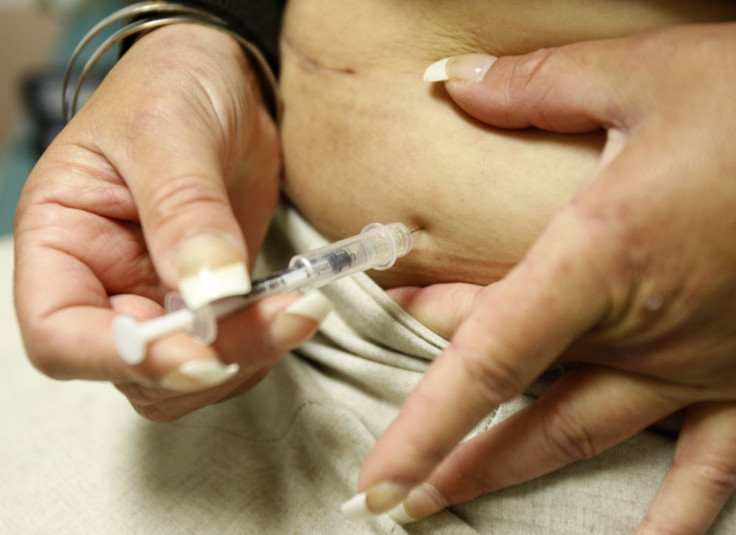Scientists to create insulin tablets from acid-loving microbes for diabetics

Diabetics could soon take insulin to their bodies as tablets instead of injecting, to better maintain their blood sugar levels, with the discovery of an exotic microbe capable to deliver drugs safely to the stomach. The microbe, called S. islandicus, offers more benefits to develop drugs as vaccines, insulin and growth hormones.
The S. islandicus can be found in hot and acidic volcanic springs, which has the “strange and unique talent” to stay in acidic environments. The ability to thrive in such environments would help the microbe to safely pass through the human stomach that also has harsh acidic conditions.
To date, diabetics are required to inject insulin directly into their body, and the researchers said that the patients would greatly benefit if insulin is used as a tablet instead. The insulin, in tablets, could be directly absorbed from the small intestine and will be released into the body in a more natural way compared to injection.
To carry and to protect drugs passing through the stomach is one of the major challenges pharmacies are facing today. The researchers believe that the new method the microbe offers could potentially improve the treatment of patients.
“Many drugs may be absorbed through the intestines, so it would be a great help to be able to transport drugs safely through the stomach to the intestines,” said Sara Munk Jensen, a PhD student at the University of Southern Denmark.
The study, published in the journal International Journal of Pharmaceutics, shows that the researchers were able to construct a nano-capsule from S. islandicus to transport drugs safely through the stomach.
In laboratory experiments, researchers have isolated lipids from the cell membrane of S. islandicus to create liposomes or synthetic fat capsules. The new molecules were then loaded with a dye and placed in solutions similar to the acidic environment in the stomach.
The result shows that some liposomes were destroyed, but some has survived the exposure to the acidic solution and managed to retain the dye after one and a half hour. Ten percent of liposomes survived the condition.
The result indicates that “it is plausible that even more will survive if we begin to purify the molecules,” Jensen said. The researchers noted that some 85 percent of the liposomes should survive the condition before drug companies develop oral peptide-drugs like insulin and vaccines.
Contact the writer at feedback@ibtimes.com.au or tell us what you think below





















